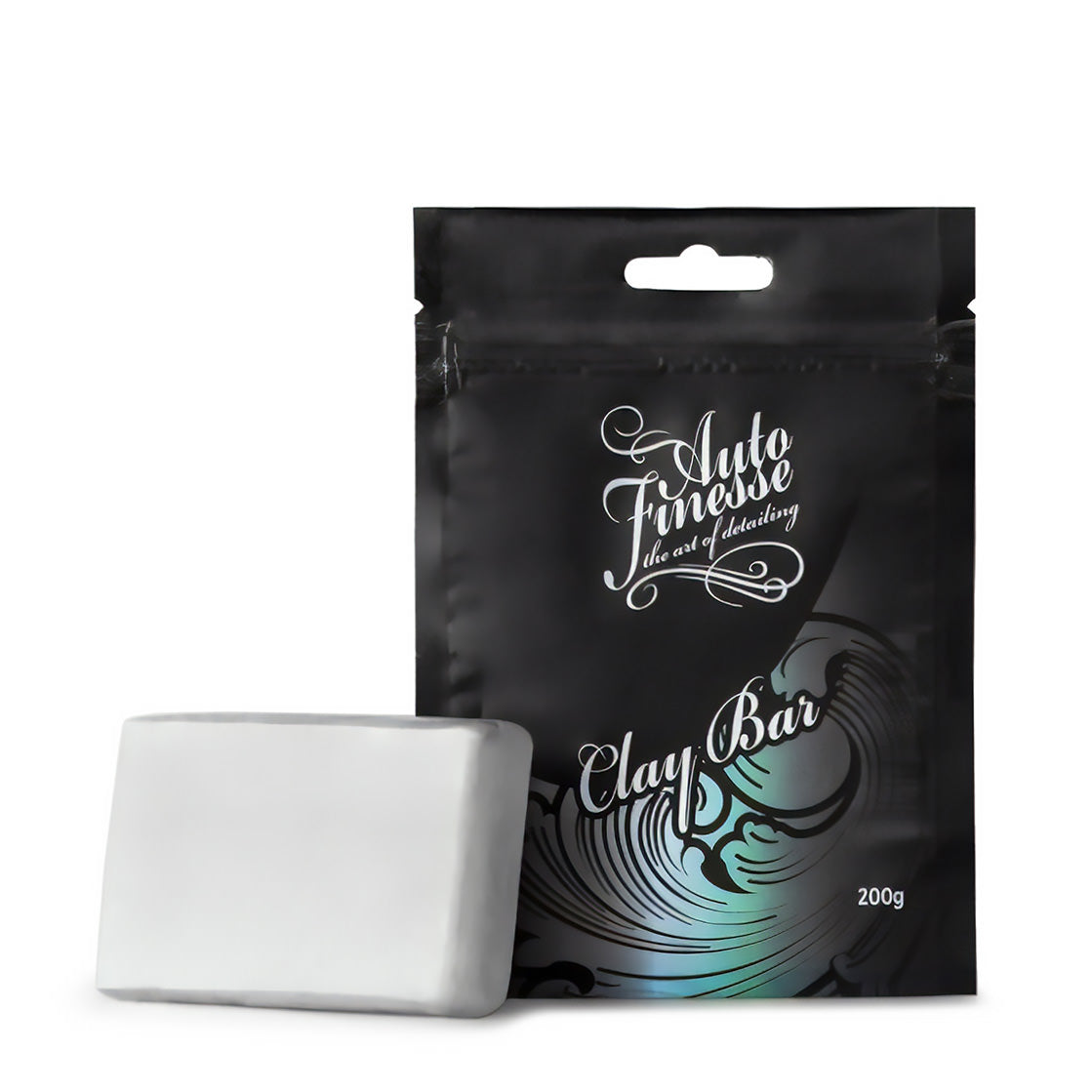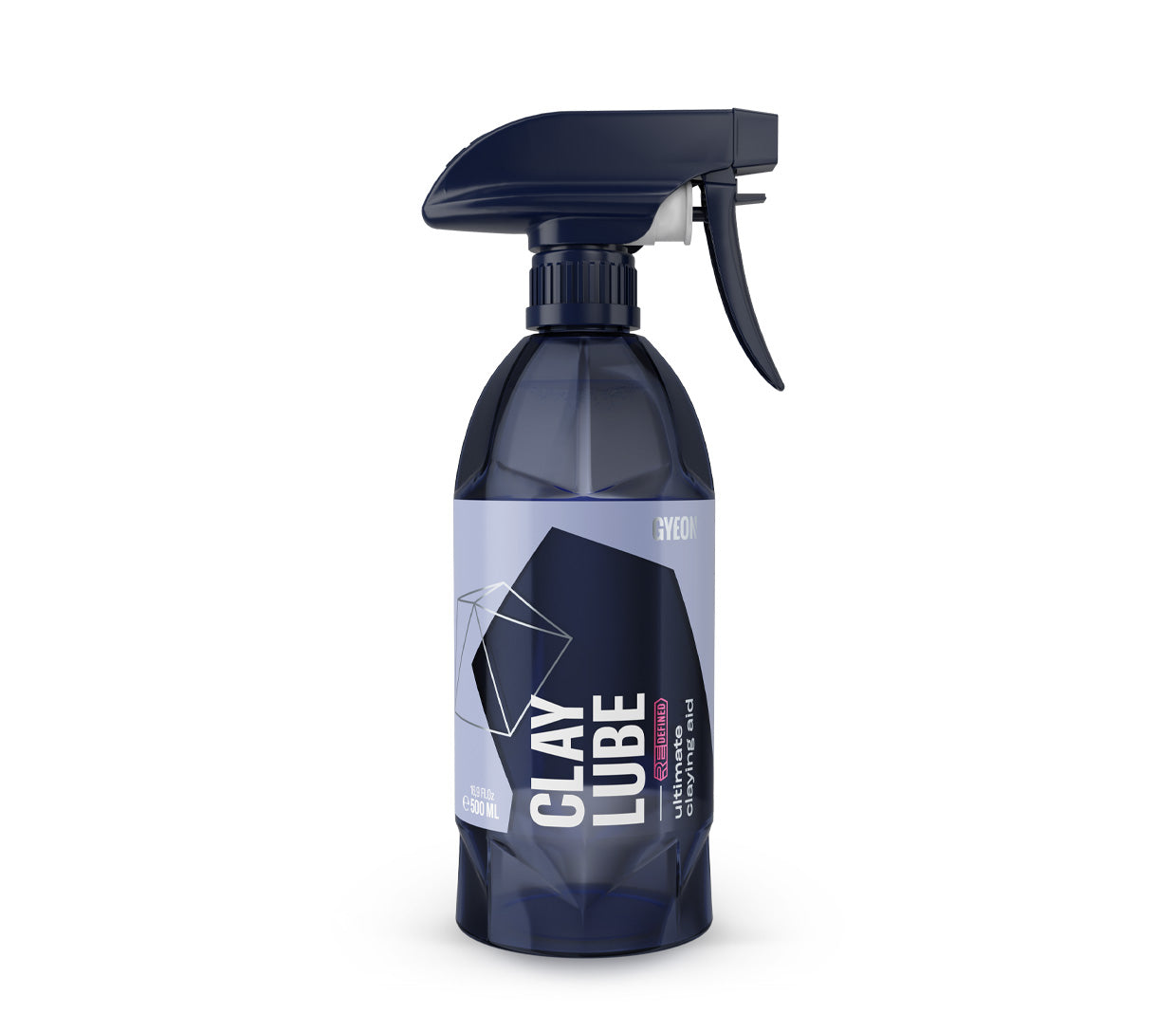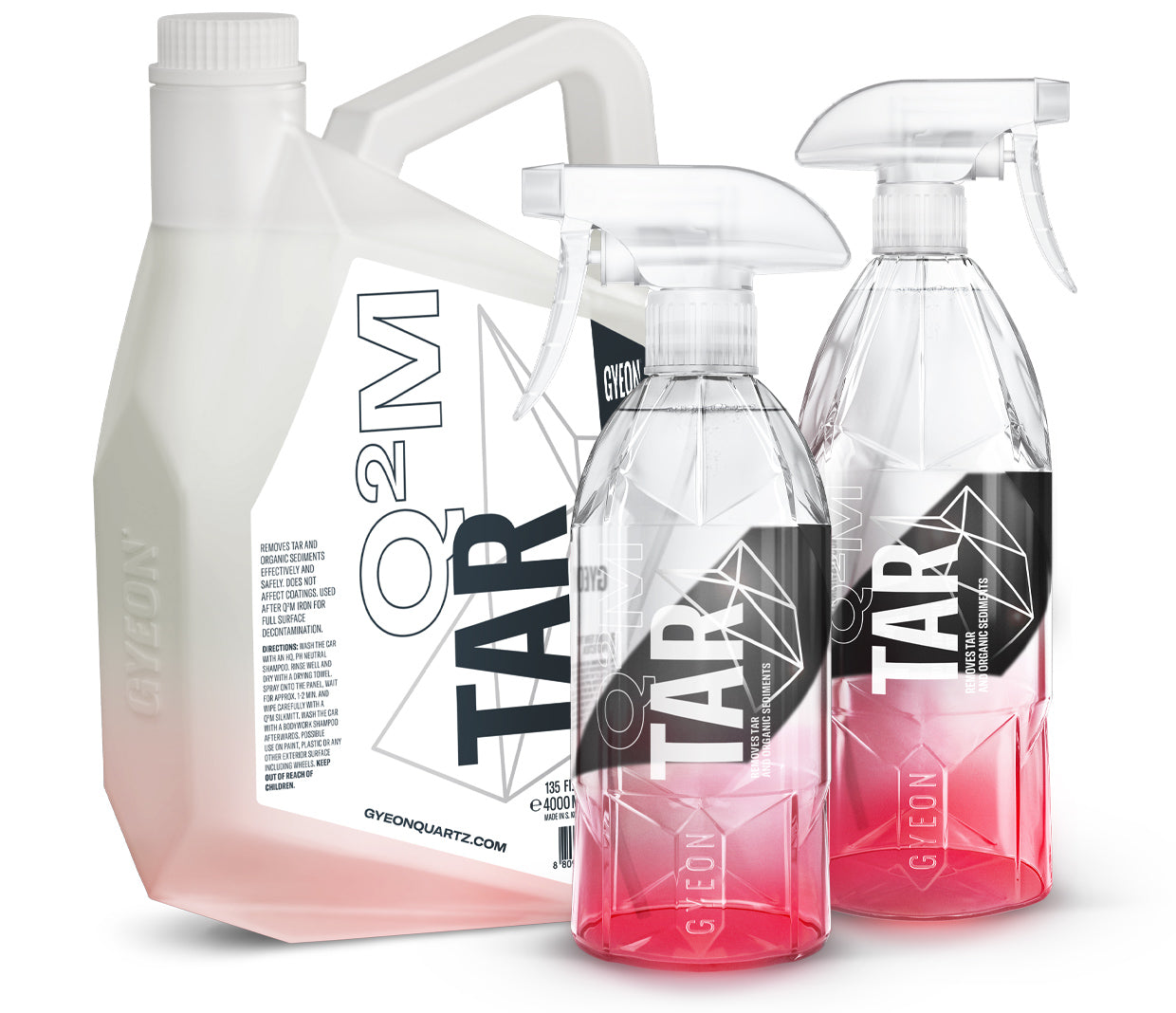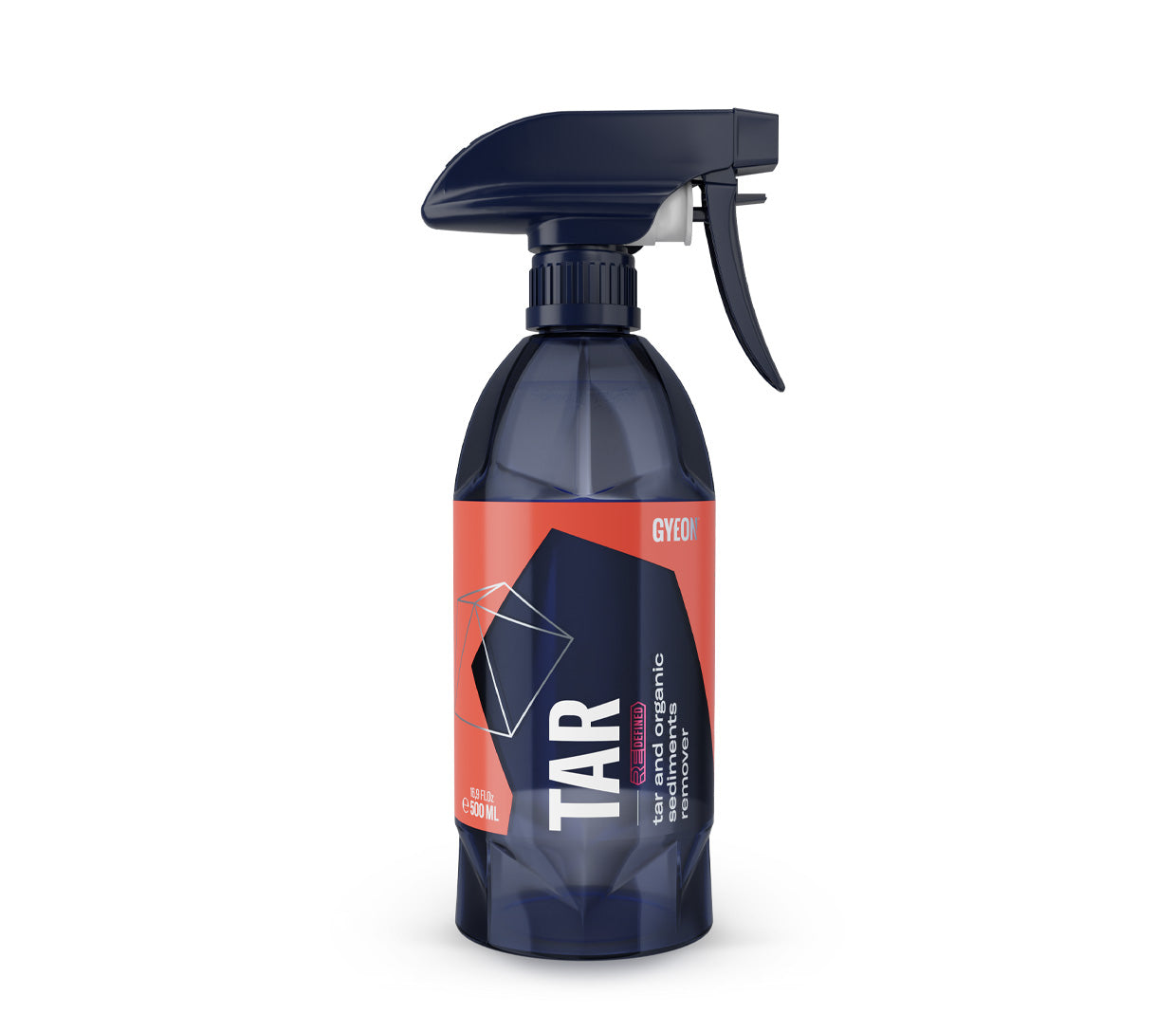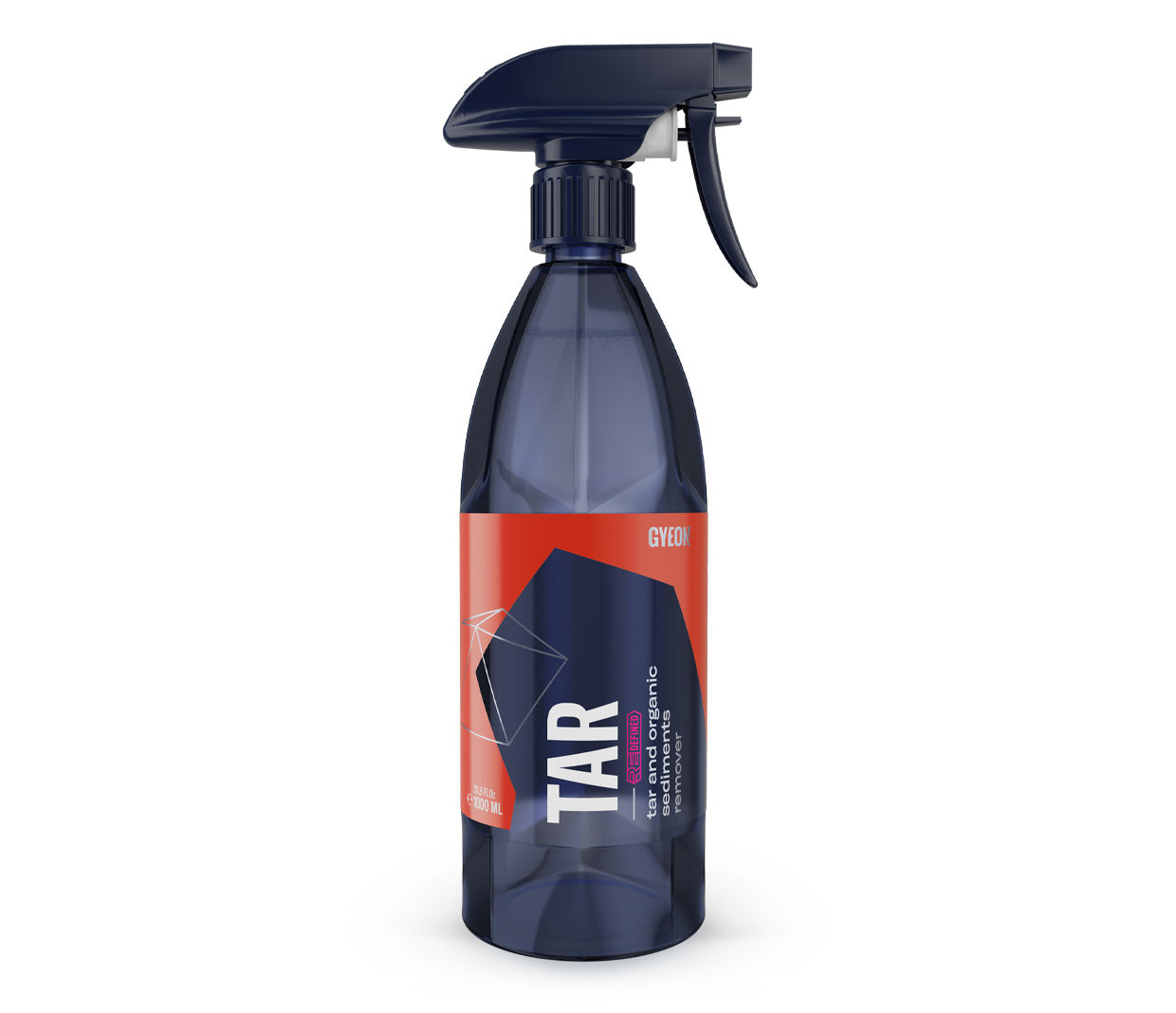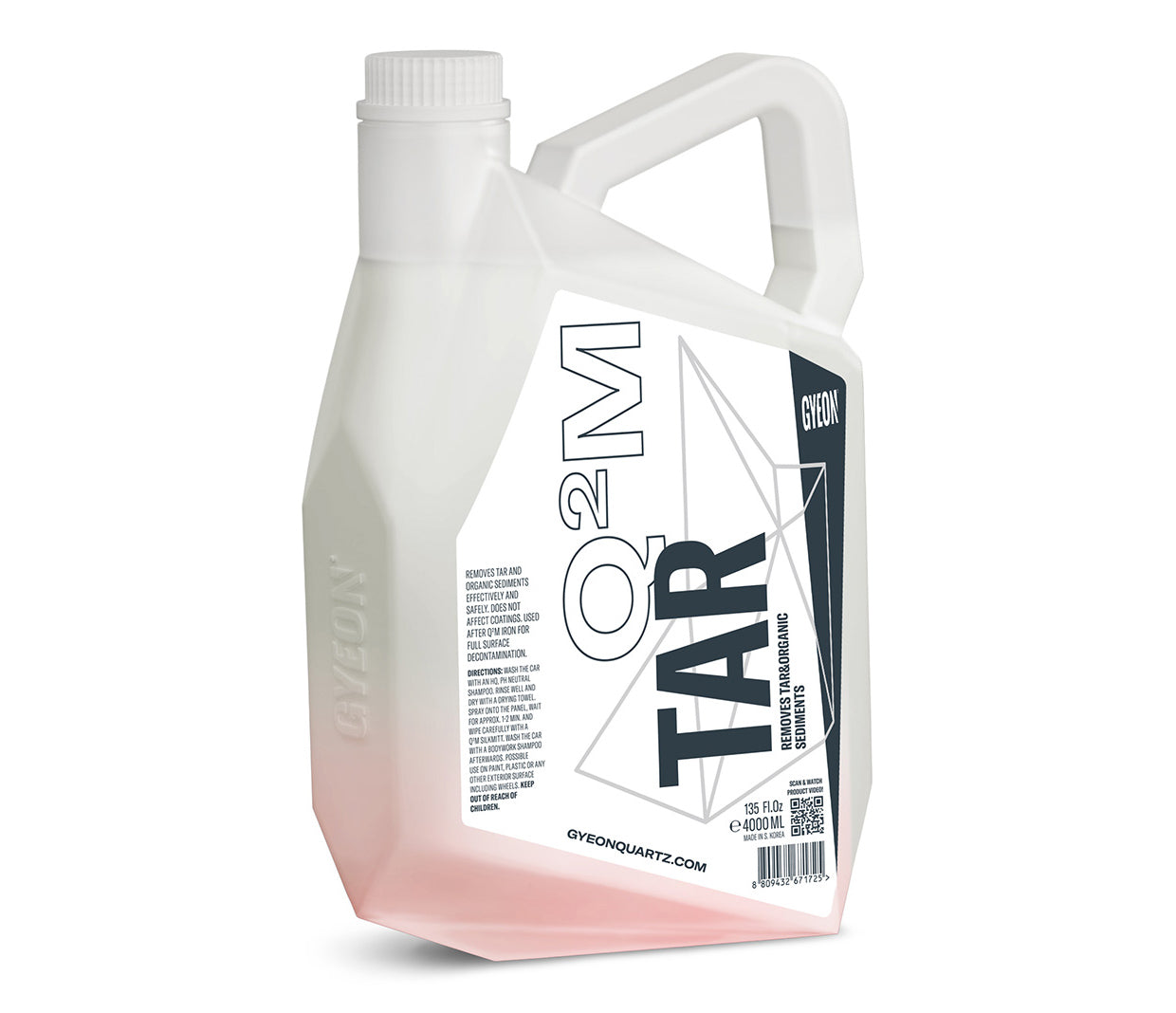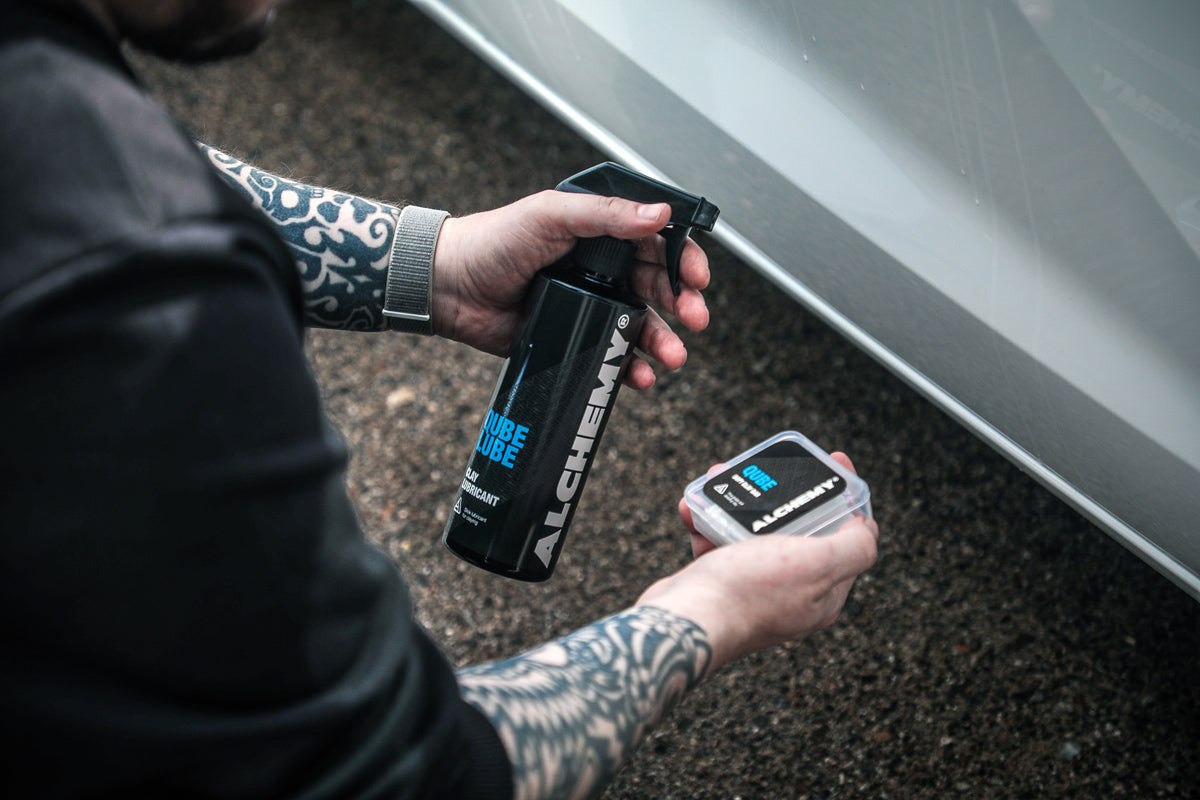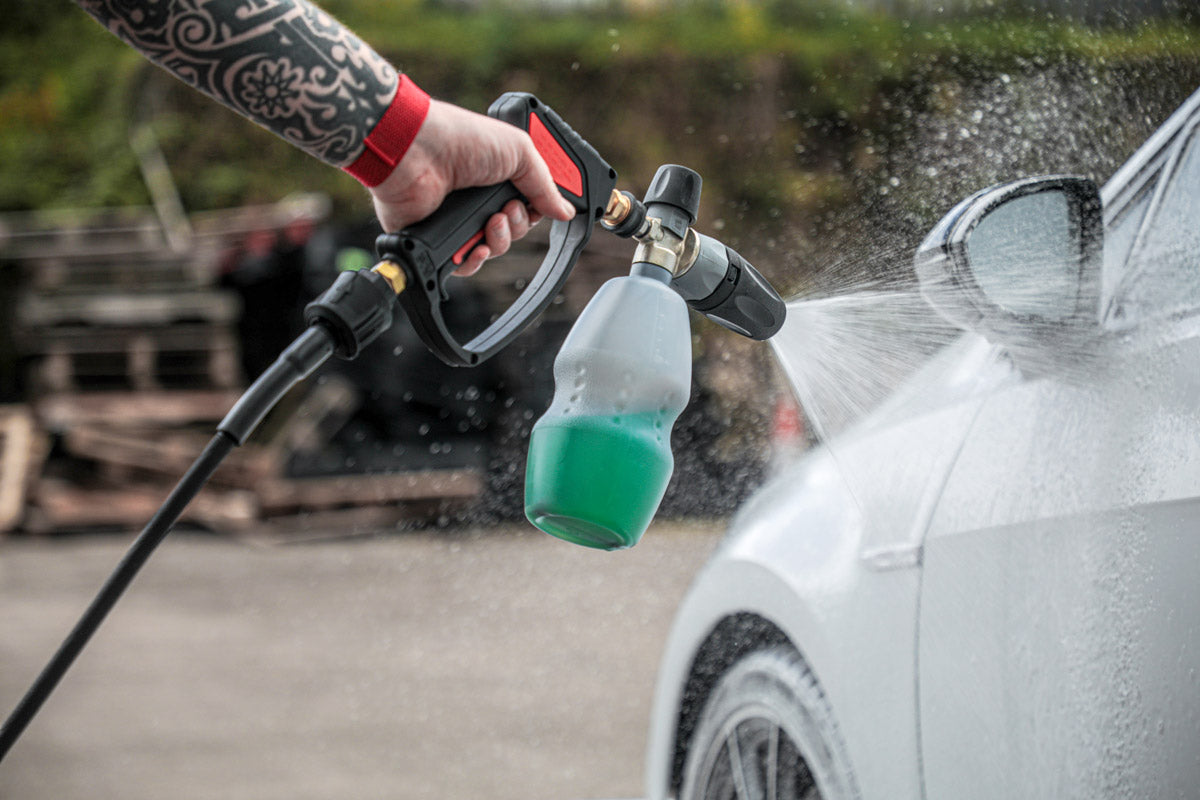Decontaminating paint
DECONTAMINATING PAINT
by Tim Dec 05, 2020
Over time, it is not unusual for automotive paint finishes to become slightly rough to the touch due to the gradual accumulation of various surface contaminants that are too firmly bonded to be removed by normal washing alone. In this guide, find out how to check if your paint has acquired bonded surface contaminants, how to remove stubborn tar spots and baked on bug splatter, what a clay bar is for, and how to use a clay bar and clay lubricant to remove bonded inorganic contaminants safely and effectively ...
Over time, it is not unusual for automotive paint finishes to become slightly rough to the touch. Such roughness is caused by the gradual accumulation of surface contaminants that are too firmly bonded to be removed by normal washing alone. To determine whether your paint has acquired firmly bonded surface contaminants you should wash and rinse your car thoroughly and then run your fingertips over the wet panels. Clean paint should feel perfectly smooth (if your fingertips aren't particularly sensitive you can magnify your sense of touch by putting your hand inside a thin cellophane wrapper first). If you can feel rough spots or a gritty texture then unfortunately your paint is affected. Also, in some cases you may even be able to see such contamination upon close inspection, particularly in the case of tar spots. Surface contamination is deposited on cars from a wide variety of sources, but can be neatly divided into two categories based the typical size of the particles and what they are made of.
Surface contamination that is visible to the naked eye typically comprises organic compounds such as tar, honeydew and bug splatter. Tar spots are the most common and irritating organic contaminant, and are acquired all year round from freshly laid bituminous surface treatments on our roads. Honeydew (often mistaken for tree sap) can be a nuisance in the summer months, when it literally rains down from tree canopies as a result of high levels of insect activity. Composed of sugars and other waste products that pass undigested through the bodies of aphids, honeydew becomes harder to remove the longer it is left on paint. Bug splatter is also a common nuisance in the summer months and seemingly welds itself in place on the front end of most vehicles, no matter how slick and well protected the paint is. As such contaminants gradually accumulate on bodywork, not only do the aesthetic qualities of the finish rapidly deteriorate, but so too does the ability of the paint to sheet water properly. Moreover, bug splatter can also cause etching and discolouration of underlying painted surfaces, due to the corrosive effects of the organic acids found in bug remains.

Tar spots are usually easily visible, particularly on lighter coloured cars

An extreme case of honeydew fallout from the tree canopy above

Bug splatter typically welds itself in place and is difficult to remove
Surface contamination that is invisible to the naked eye typically comprises inorganic particulates derived from industrial and commercial activities; industrial fallout, brake dust, railway dust, paint overspray and exhaust soot can all bond to paint both physically (by charge attraction) and chemically (by electrolysis). As such contaminants gradually accumulate on bodywork, surface roughness gradually increases to the point where it can be detected, whilst the reflectivity of the finish and the ability of the paint to sheet water properly gradually diminishes. Furthermore, as such particulates slowly oxidise and corrode, etching and discolouration of underlying painted surfaces can occur. It is worth noting at this point that because inorganic contaminants are mostly delivered through the air and settle out on your car whenever it is parked, it does not matter where you live or where you leave the car; it is susceptible to contamination everywhere and anywhere, and all times of the year too.

Highly magnified image of paint overspray surface contamination

Highly magnified image of industrial fallout surface contamination

Bonded metal filings rusting in situ; visible to the naked eye in this instance


